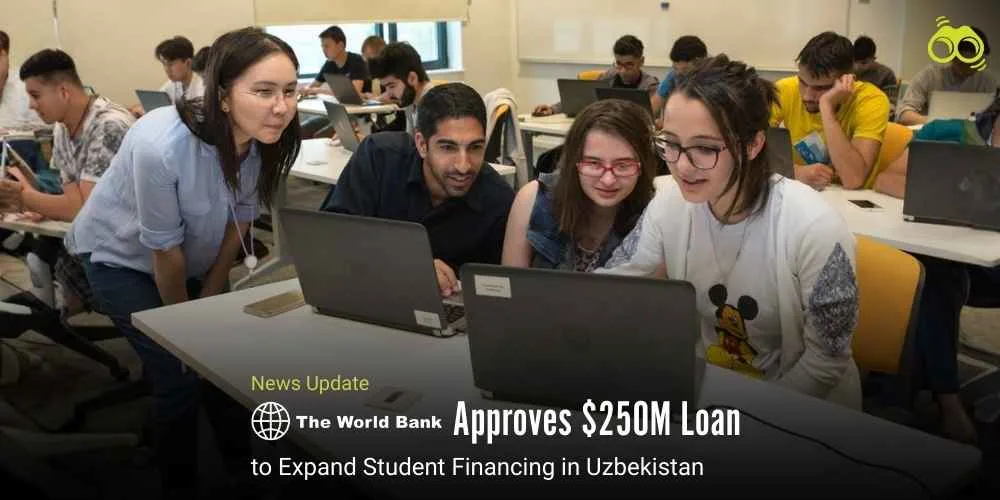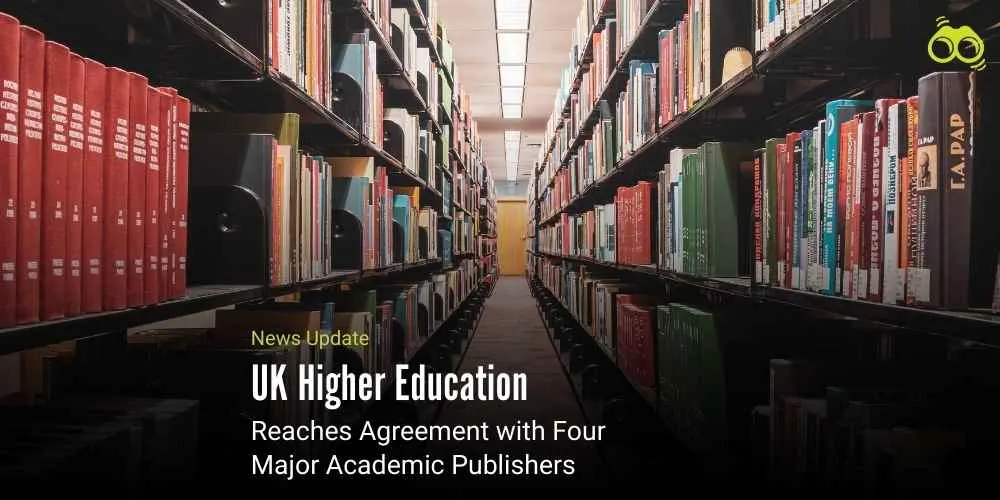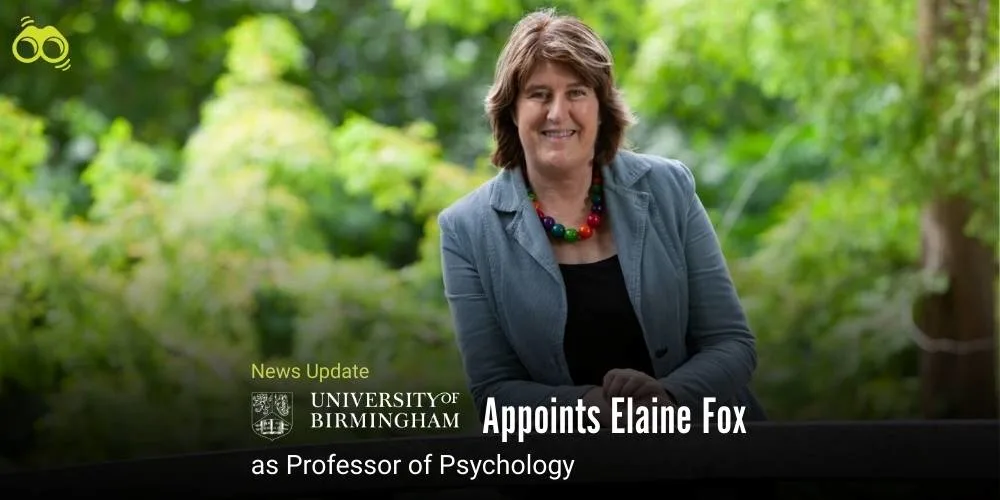How to Apply for Semester 1 at Australian Universities in 2026
Australia’s Primary Admission Window Now Open for Global Applicants
Australian universities have officially opened applications for Semester 1, with the admission period running from August to November 2025 for students commencing studies in February 2026. Recognised by the Australian Government’s Study Australia platform as the primary intake window for international students, this period offers access to a wide range of undergraduate and postgraduate programmes across leading institutions. It marks a key opportunity for global applicants, particularly those from India, to begin their academic journey in one of the world’s most respected higher education systems.
The trend continues for Indian students to remain among one of the largest international contingents in Australia, particularly in STEM education. The Government of Australia has further advised prospective students to understand all financial requirements and make arrangements before applying. These costs include tuition, living expenses associated with studying in Australia, and other charges such as visa fees and mandatory Overseas Student Health Cover (OSHC).
Tuition fees vary for international students according to the level of study and type of institution. According to Study Australia, undergraduate programmes generally range from AUD 20,000 to AUD 45,000 annually, while postgraduate degrees may range from AUD 22,000 to AUD 50,000. Most STEM courses, especially engineering and technology, are priced towards the higher end of these ranges. At the Australian National University (ANU), one of the most preferred Australian universities by international students, the fee for graduate programmes ranges from AUD 45,360 to AUD 47,940. Charges for undergraduate science-related courses are similarly priced. The government has also observed that degrees in medicine and veterinary sciences are significantly more expensive than standard STEM or arts-based programmes.
In addition to tuition, international students must consider living costs in Australia. According to Study Australia, monthly expenses for a single student range between AUD 1,500 and AUD 2,700, depending on the city and lifestyle. Accommodation and transport are major considerations. Sydney and Melbourne are among the most expensive cities, with indicative costs of AUD 200–400 for food and groceries, AUD 120–270 for public transport, and AUD 1,000–2,000 for accommodation. In most categories, Sydney is more expensive than Melbourne.
Visa requirements for studying in Australia in 2025 have also changed. As confirmed by the Department of Home Affairs, the application fee for the Student Visa (Subclass 500) has increased to AUD 2,000 effective from 1 July this year, representing a 25 per cent rise compared to last year’s fee of AUD 1,600. Students on Student Visas are also required to maintain valid Overseas Student Health Cover (OSHC) throughout their studies. The cost of OSHC can vary between AUD 478 and AUD 633 annually, depending on the insurer and level of coverage.
Students are also advised to familiarise themselves with their rights regarding employment under the student visa arrangement before commencing studies in Australia. During teaching periods, international students are allowed to work a maximum of 48 hours per fortnight; during holidays, there are no restrictions on working hours. Applicants must demonstrate that they have adequate funds to cover their living expenses for the first year when submitting their visa application. Some states and territories offer discounts on public transport for students, with local systems providing reductions of between 40–50 per cent. With Semester 1 applications now open, Indian students interested in top STEM programmes at Australian universities are encouraged to prepare a comprehensive budget covering tuition, living expenses, visa costs and health insurance, as advised by the government. It is also recommended that students explore scholarships available to Indian applicants through universities and state programmes.
Editor’s Note:
The opening of Semester 1 applications for Australian universities is a pivotal moment for international applicants, especially those from India seeking entry into STEM programmes. While the application window from August to November is well established, the broader implications of studying in Australia in 2026 go beyond academic eligibility. This year, the Australian Government has placed greater emphasis on the financial preparedness of international students. Tuition fees alone are considerable, particularly for STEM and medical degrees, but they are only part of the overall cost. Students must also account for living expenses, visa fees and compulsory health insurance. The increase in visa charges and the requirement to demonstrate financial capacity for the first year reflect the seriousness of these obligations. Equally important is the need to understand work rights and lifestyle costs in cities such as Sydney and Melbourne. While part-time work may offer some financial relief, it cannot replace the need for a well-planned budget. Students should explore transport concessions and other local support schemes that may ease the financial burden.
Skoobuzz suggests to the applicants that admission is only the beginning; ensuring financial sustainability throughout the study period is essential. Indian students, in particular, are advised to research scholarships, compare university offerings and prepare realistic budgets to support a successful academic experience in Australia.
FAQs
1. When do applications open for Semester 1 at Australian universities?
Applications for Semester 1 are open from August to November 2025 for students starting their studies in February 2026.
2. How can Indian students apply to Australian universities for 2026?
Indian students can apply directly through university websites or via authorised education agents. Most universities require academic transcripts, English language test scores, and proof of financial support.
3. What are the visa requirements to study in Australia in 2025?
Students must apply for the Student Visa (Subclass 500). As of July 2025, the application fee is AUD 2,000. Applicants must also show proof of funds and hold valid Overseas Student Health Cover (OSHC).
4. How much does it cost to study STEM courses in Australia?
Tuition fees for STEM programmes range from AUD 20,000 to AUD 50,000 per year. Engineering and technology courses are usually at the higher end of this range.
5. Which are the top Australian universities for international students?
Popular choices include the Australian National University (ANU), University of Melbourne, University of Sydney, and University of Queensland. ANU’s graduate STEM programmes cost around AUD 45,360 to AUD 47,940 annually.
6. What are the living costs in Australia for international students?
Monthly living expenses range from AUD 1,500 to AUD 2,700 depending on the city. Sydney and Melbourne are among the most expensive, especially for accommodation and transport.
7. Is health insurance mandatory for international students in Australia?
Yes. Students must purchase Overseas Student Health Cover (OSHC) for the full duration of their stay. Annual OSHC costs range from AUD 478 to AUD 633.
8. Can students work part-time while studying in Australia?
Yes. International students can work up to 48 hours per fortnight during teaching periods and unlimited hours during holidays.
9. Are there scholarships for Indian students to study abroad in Australia?
Many universities and state governments offer scholarships for Indian students. These may cover tuition fees, living costs, or both. Students should check individual university websites for eligibility.
10. Do Australian cities offer student discounts on public transport?
Yes. Several states and territories offer student discounts of 40–50% on local public transport systems.














0 Comments (Please Login To Continue)